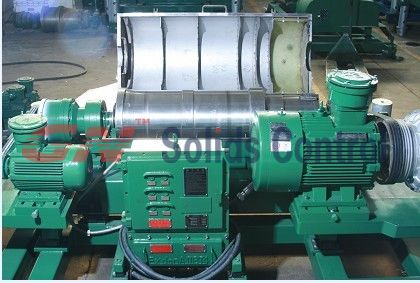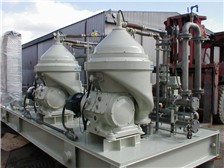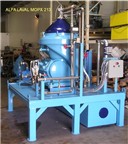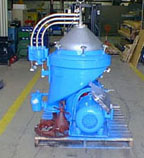By Sandeep Abraham on May. 3, 2010
The same fuel that gives an atomic bomb its devastating boom also powers each of the highly efficient and eco-friendly nuclear power plants across the nation. Thanks to recent strides made in laser-based uranium enrichment technology, this fuel — uranium-235 — has become relatively inexpensive.
It is a rather tantalizing incentive for Congress, as it gets ready to address climate change, to use this fuel to its fullest potential.
UCI Economics and Law Professor Linda Cohen, however, disagrees.
Cohen, along with Georgetown University physicist Francis Slakey, recently wrote an Opinion piece in Nature Magazine titled “Stop Uranium Laser Enrichment.” They argue that the potential risks of using laser-enrichment facilities far outweigh any potential benefits, specifically referring to U.S. legislators who are currently in the process of rewriting climate-affecting laws.
In its natural state, uranium ore is 99 percent uranium-238 and less than one percent uranium-235, the type required for fuel. 238 and 235 represent their atomic weights, or the total number of protons and neutrons in each atom. Enriching uranium is essentially the process of separating uranium-235 from uranium-238. The various methods for enrichment include diffusing uranium gas compounds through a membrane, running uranium through a centrifuge, electromagnetic separation, and laser-based enrichment.
The newest and now contentious laser enrichment technique, the “Separation of Isotopes by Laser Excitation” (SILEX), is highly efficient. It uses lasers to precisely turn uranium-235 into positive ions and then rips them from the ore using a negatively charged plate.
“Capital costs and, most importantly, regulatory policies will determine the size of that industry,” wrote Cohen and Slakey. “Yet the development and potential misappropriation of an enrichment facility too small and efficient to be detected could be a game-changer for nuclear proliferation.”
They split their argument into two parts, the first focusing on the multiple perceived benefits. Despite lower costs, the production of electricity through SILEX will only save the average American consumer about one percent of their current bill. In contrast, the U.S. government is contemplating a carbon-trading, which could potentially increase the average consumer’s electric bill by 20 percent.
Nuclear power plants also produce no greenhouse gasses, an enormously tempting incentive for environmental reform advocates.
The efficiency of SILEX is exactly what scares Cohen and Slakey.
“If laser enrichment is as efficient as has been suggested, then it could occupy a space substantially smaller than a warehouse (75 percent smaller than centrifuge technologies) and draw no more electricity than a dozen typical houses,” Cohen and Slakey wrote. “This could put such plants well below the detection threshold of existing surveillance technology — even when used to enrich uranium on a large scale.”
They are also concerned about the hidden costs that potential proliferation will bring. Since laser-based enrichment facilities cannot easily be detected, the U.S. government will have to spend billions of dollars on non-proliferation.
They use the current war on Iraq, which began on the premise of hidden weapons of mass destruction, as an example of this. The U.S. spent about $990 million in 2008 on non-proliferation programs, $200 million of which went into the development of technology to detect hidden enrichment facilities.
SILEX, originally developed by an Australian company, Silex Systems Inc., was licensed to the United States Enrichment Corporation (USEC) in 1996, avoiding any problems for Australia under the Nuclear Non-Proliferation Treaty. In 2007, Silex Systems signed a commercialization and licensing agreement with General Electric Corporation and in 2008 GE-Hitachi Nuclear Energy created Global Laser Enrichment to start commercializing SILEX technology.
Despite the momentum of technological development, Cohen and Slakey urge the U.S. government to not pursue laser enrichment technology. Then, if the U.S. represses its technology, other countries and corporations will at least be delayed from developing similar technology.
“Both my co-author and I are advocates of nuclear power,” Slakey said. “We’re strongly in favor of nuclear power, but we think it’s in the best interest in expansion of nuclear power to manage very carefully the proliferation risks.”
After the article’s publication, Cohen and Slakey were invited to speak with Gregory Jaczko, head of the U.S. Nuclear Regulatory Commission, and with the federal Office of Science & Technology Policy.
source: www.newuniversity.org












